I am @shadow04
From #bangladsh🇧🇩
Hope everyone is well. Alhamdulillah, I am also very well. Today I appeared for participating in the ongoing SLC22/WK3: Lightning Arresters and Generators contest hosted by @mahadisalim Sir. Honorable Mahadisalim sir, Thank you for giving us such a beautiful lesson.
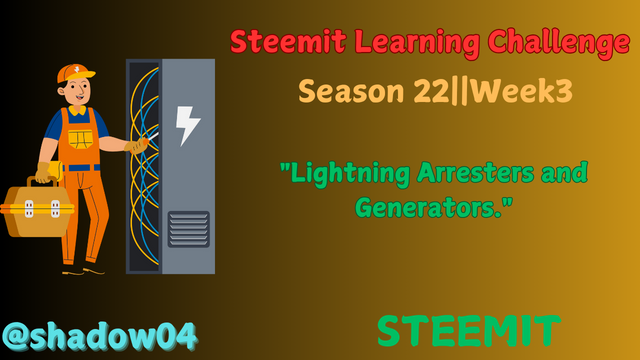

Three basic differences between electric generators, motors and transformers in terms of performance, power source and output and presence of moving parts are mentioned below:-
| Generator | Motor | Transformer |
|---|---|---|
| Converts mechanical energy into electrical energy. | Converts electrical energy into mechanical energy. | Changes voltage levels while keeping electrical energy unchanged. |
| Generator | Motor | Transformer |
|---|---|---|
| Takes mechanical energy as input and gives electrical energy as output. | Takes electrical energy as input and gives mechanical energy as output. | Takes electrical energy as input and changes voltage level as output. |
| Generator | Motor | Transformer |
|---|---|---|
| Moving parts rotate. | Moving parts rotate for work | It has no moving parts. |
As a result of lightning or high voltage surge, electrical equipment is not damaged, so the method of sending that excess current safely to the ground is called lightning arrester. As a result, our electrical equipment and lives are safe and secure.
The arresters used in the power sector of our country are mentioned below:-
• Horn gap lightning arrester is generally used in LT electricity loads. Two horn shaped metal electrodes usually made of copper are placed facing each other. There is a certain distance between them, called gap. One end is connected to the electrical connection or equipment and The other end is connected to earthing.
Under normal conditions, no current flows through this arrester. However, when an additional surge occurs due to lightning, an arc is formed between the gaps of this arrester and the excess voltage is safely sent to the ground through earthing. Due to the horn shape, the arc rises upwards and Cooling off protects electrical equipment.
• It protects electrical equipment from lightning strikes as well as protects electrical equipment from transient overvoltages coming through substations.
It remains insulated during normal voltage, so no current flows through it. During surge voltage or lightning, the arrester starts to conduct after a certain voltage, and the excess voltage is sent to ground through earthing.
It reverts back to the non-conducting state when the surge is removed.
• A type of lightning arrester is used for different types of HT equipment. As an example, we can mention here the VCB used in substations. It protects the electrical equipment from damage caused by sudden surge voltages. Three lightning arresters are installed in three phases in VCB. VCB sends the excess voltage to ground using earthing to protect electricalent from excessive surge during lightning.
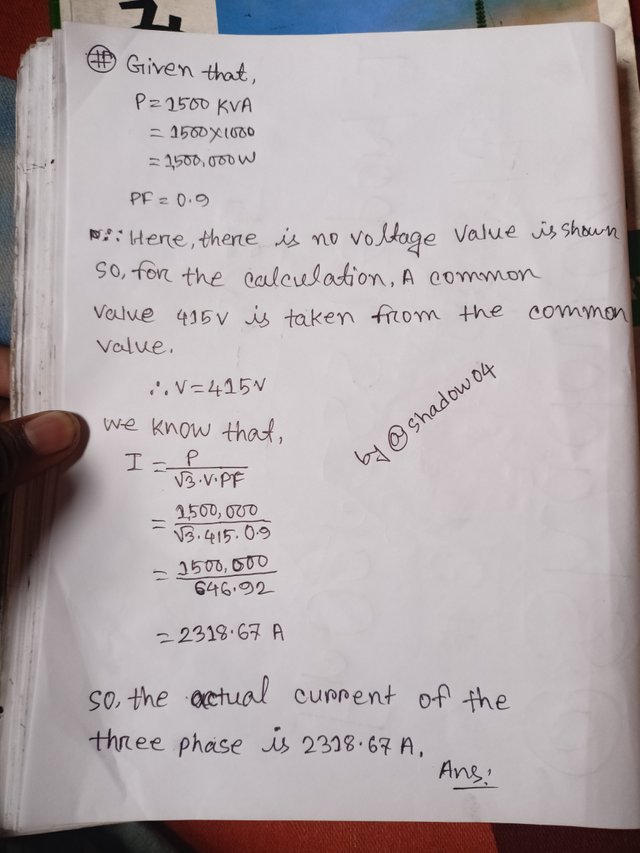
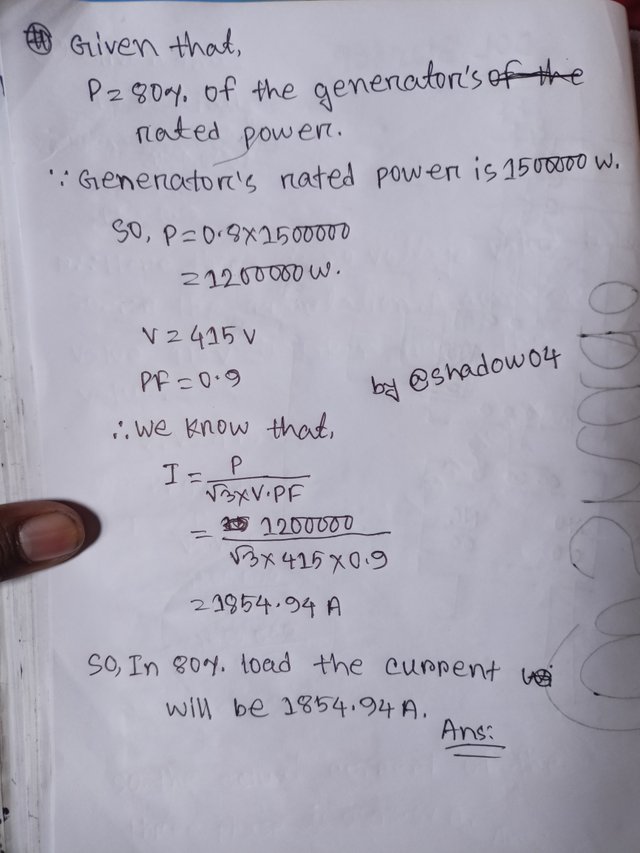
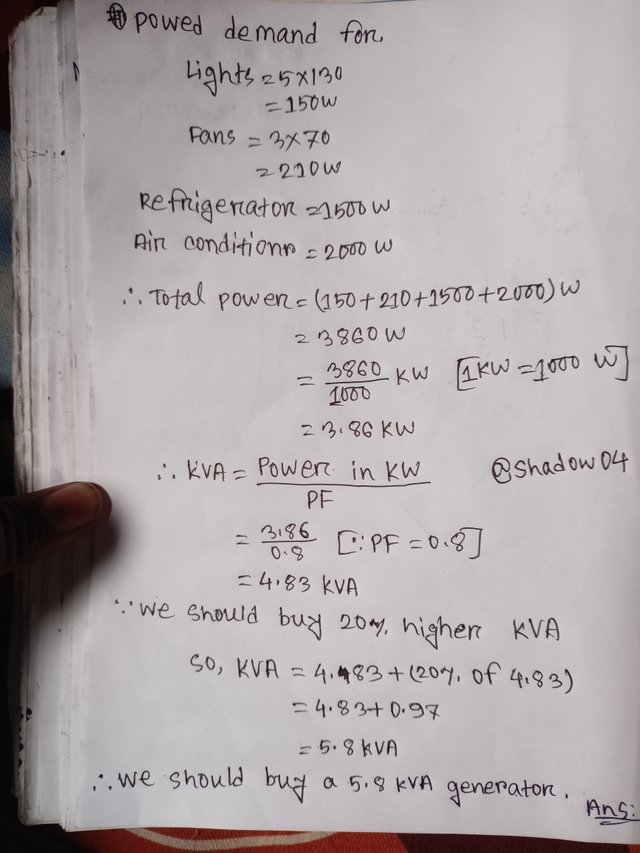
I built a lightning arrester using the knowledge I gained from the lesson to protect my home. Its tools and methods are sequentially shared below:-
| S.L | Necessary equipment |
|---|---|
| 1 | A copper 3 feet long, 16 mm round. |
| 2 | An insulator |
| 3 | An earthing |
| 4 | Required cables |
| 5 | One Earthing |
• In the first step I took a copper rod 3 feet long and 16mm in diameter. Then I set up the copper rod well with a ceramic insulator as an insulator to keep the copper separate from the other metal.

• Now I come to the roof of the house to place it on a high place and choose a good place where there is no other metal around. And I will also take care that no other metal can come around it

• Then I connect a 6RM cable to the copper rod and connect it to earthing as learned from last week's lesson, so that during surge voltage the excess current can go through this cable to earthing.
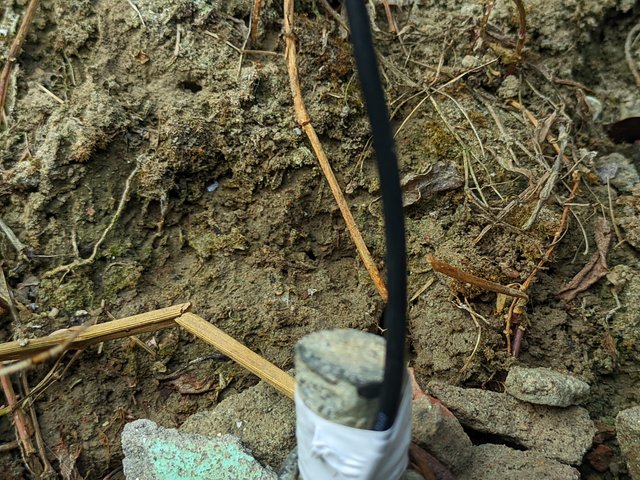



- Thanks by,,
- @shadow04
 |
|---|
X promotion link :
https://x.com/MdNasirHos74975/status/1875784013111292402?t=ekxiJtp0o3naTaizv7FwLg&s=19
Downvoting a post can decrease pending rewards and make it less visible. Common reasons:
Submit